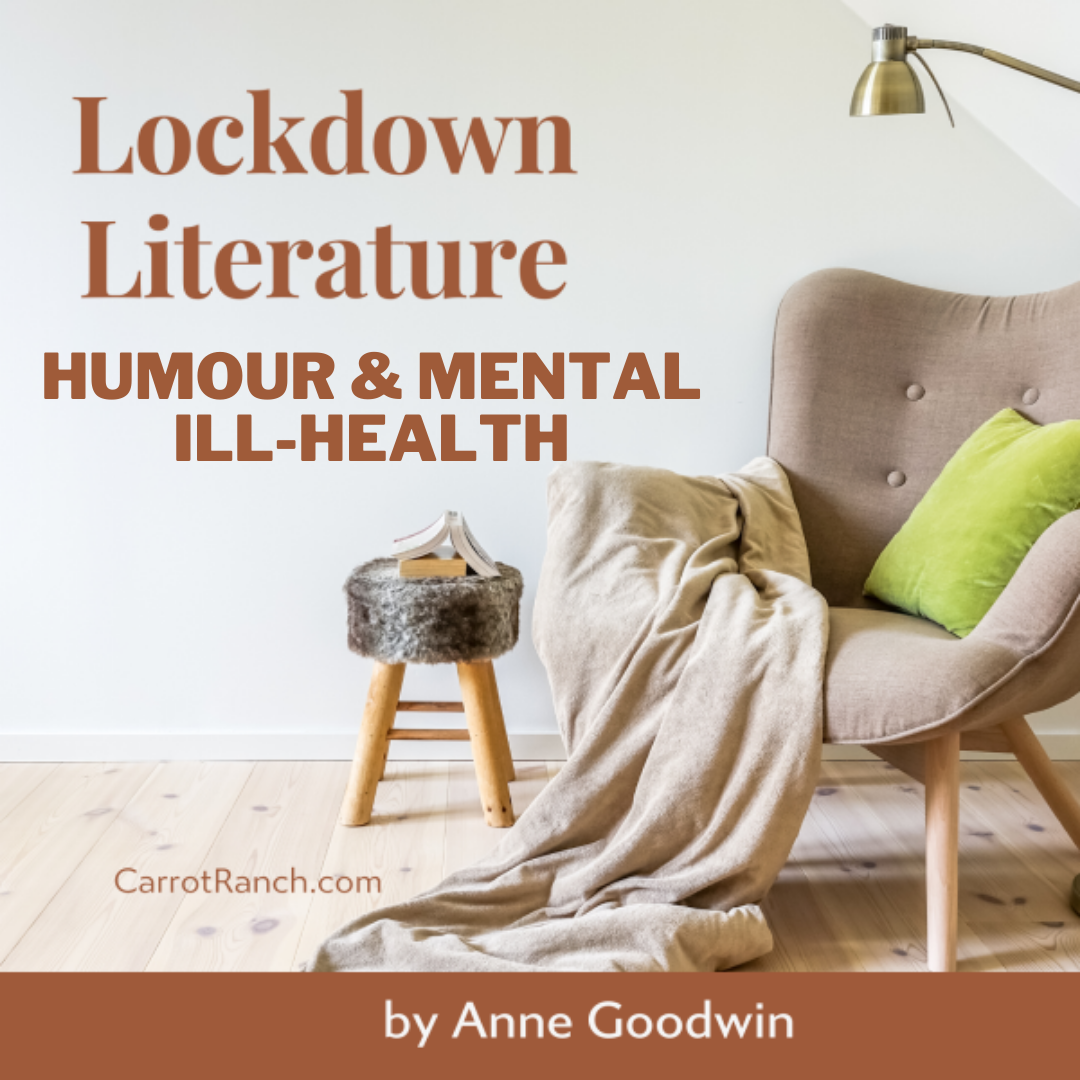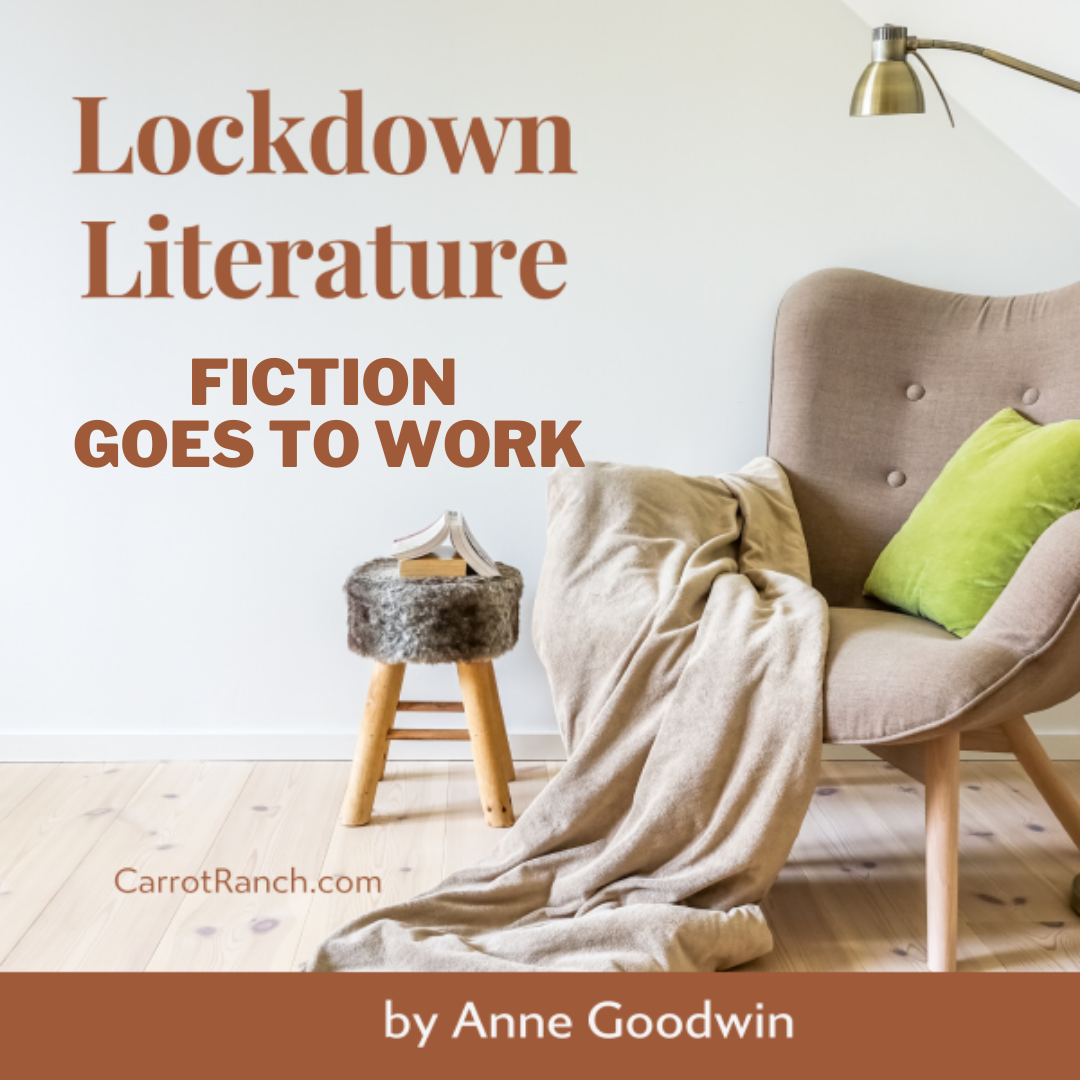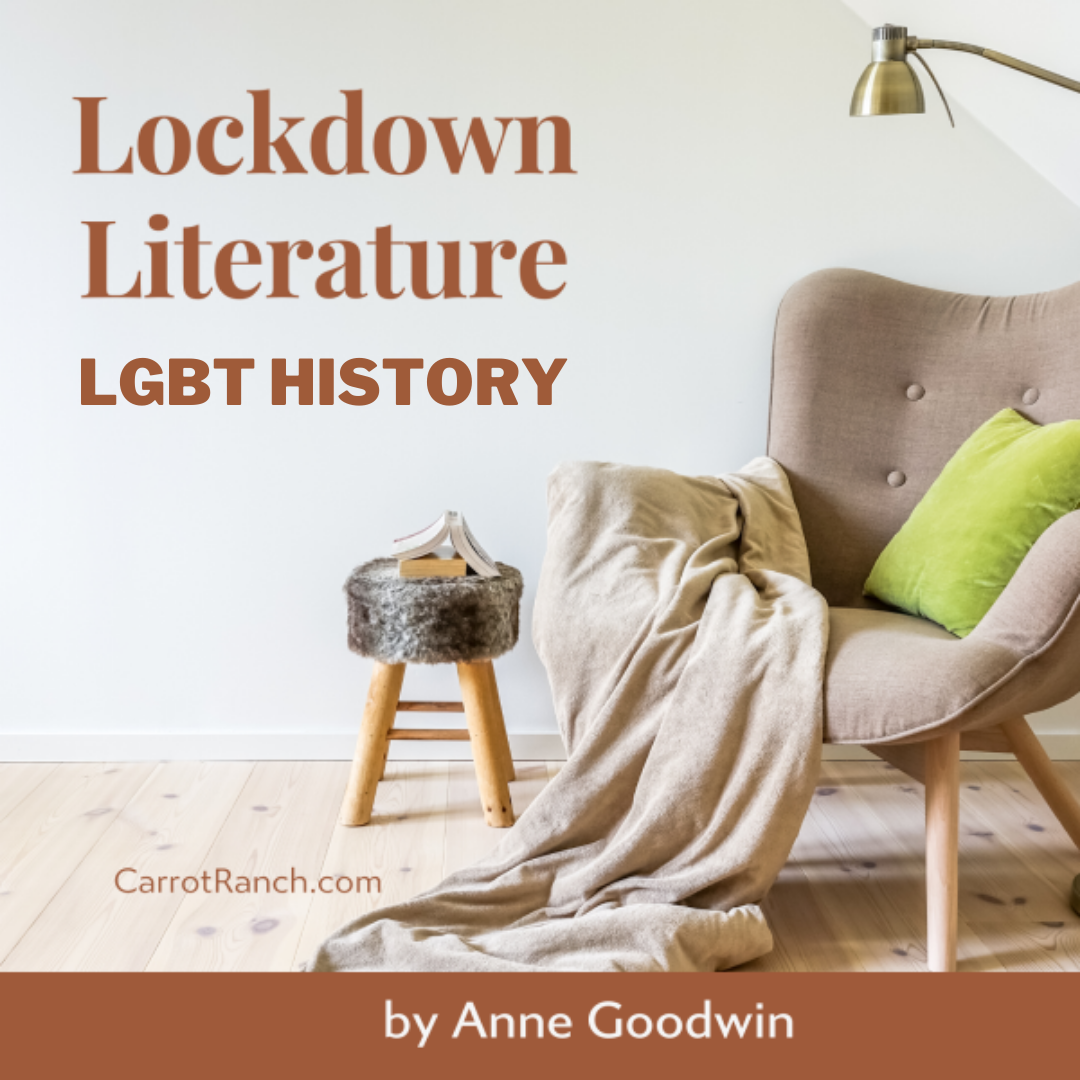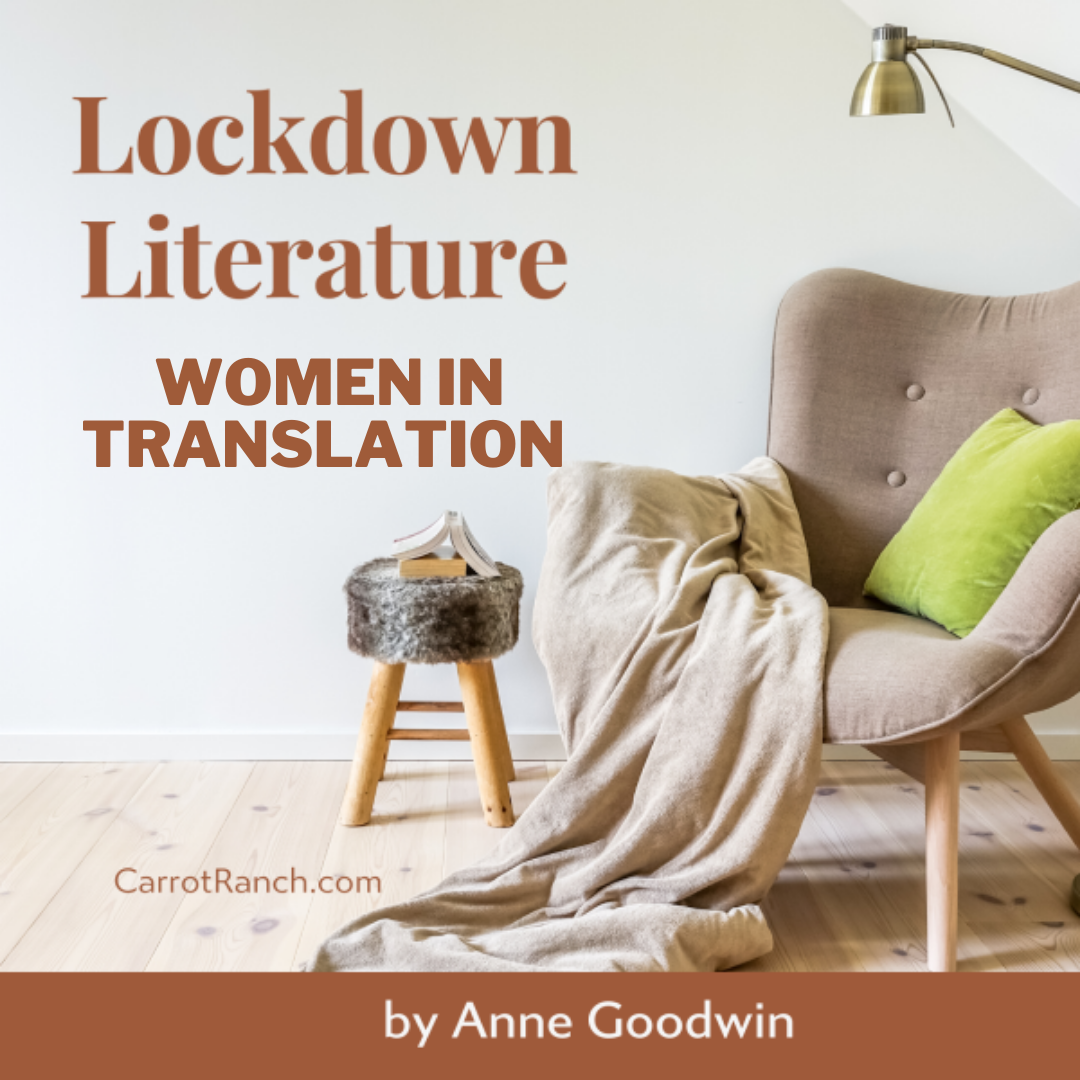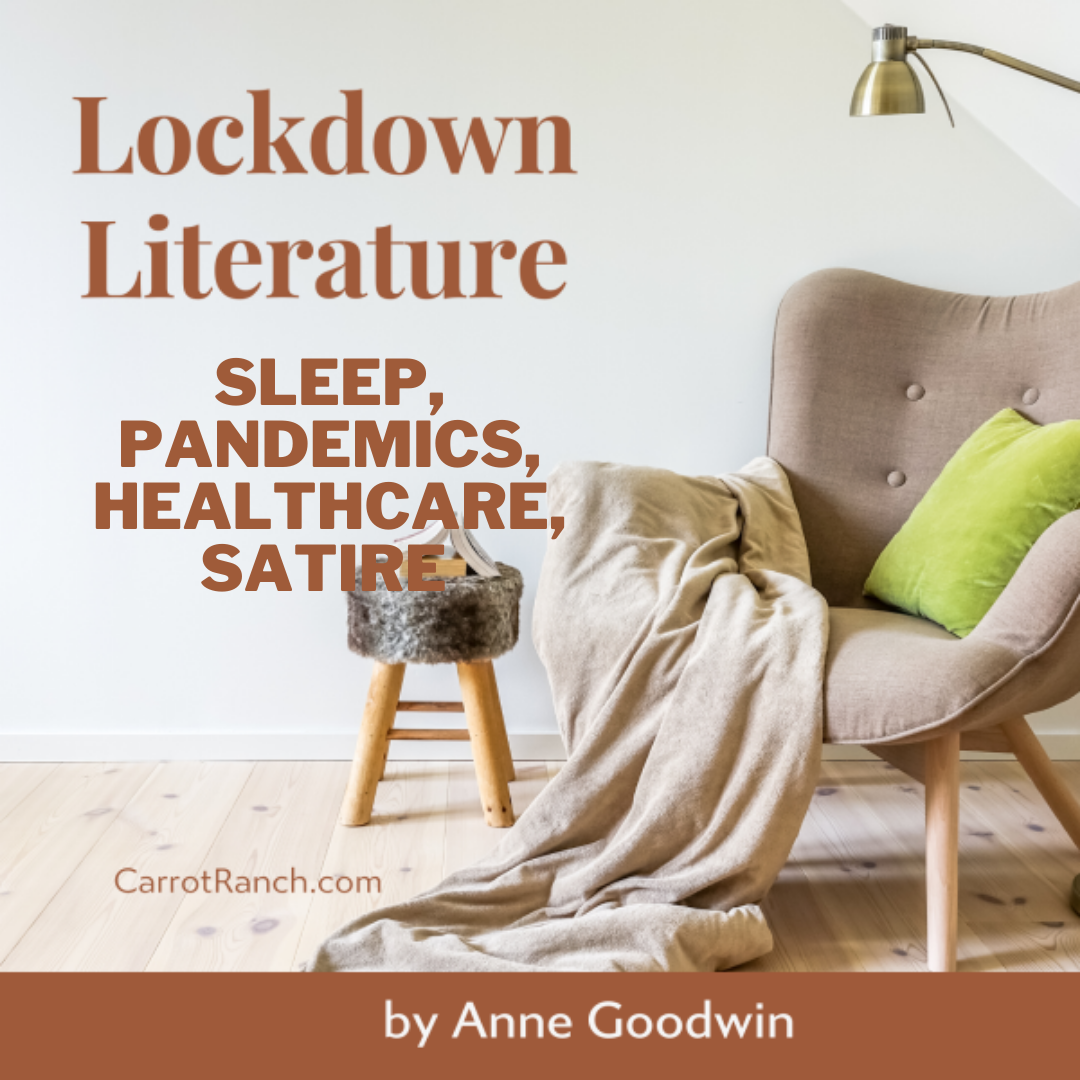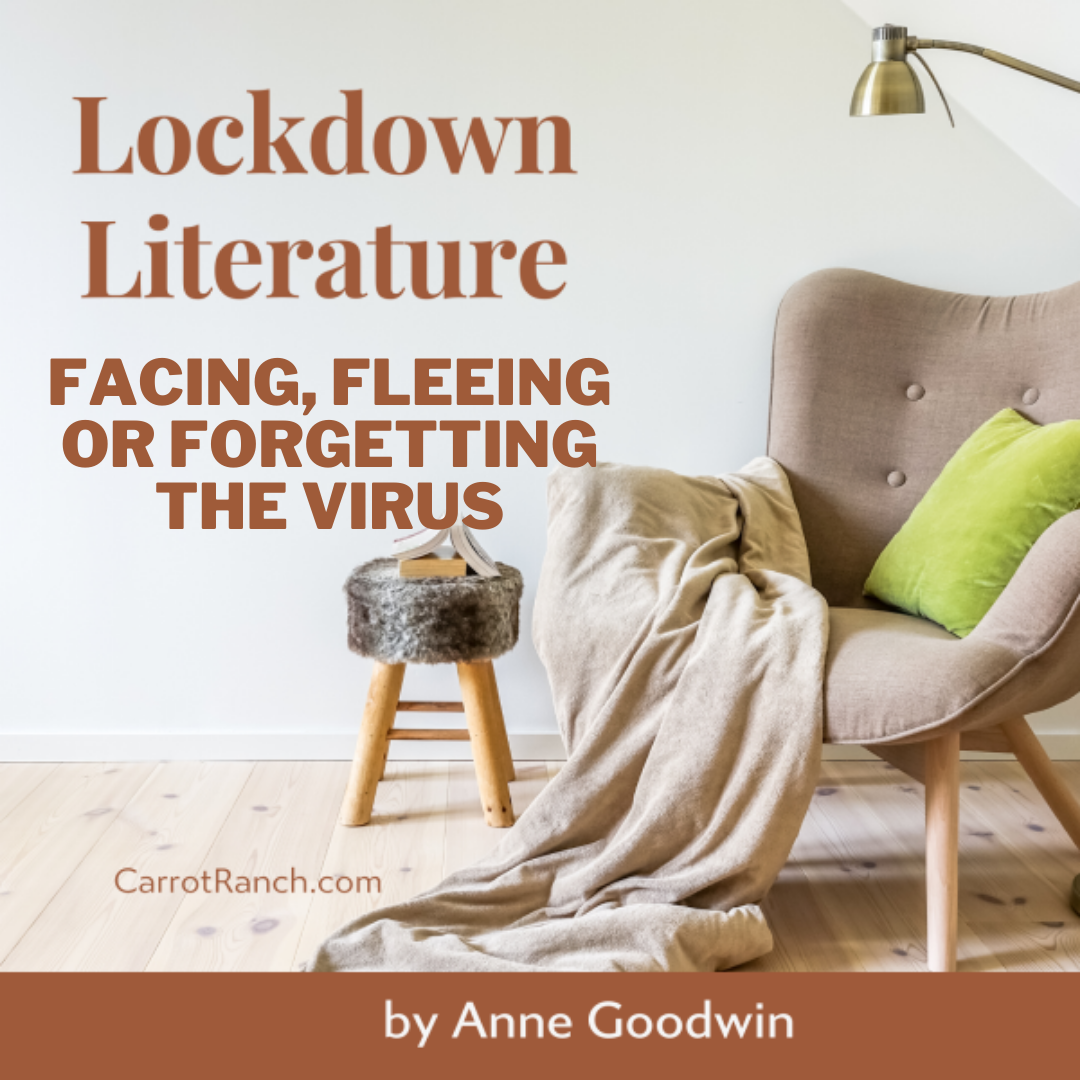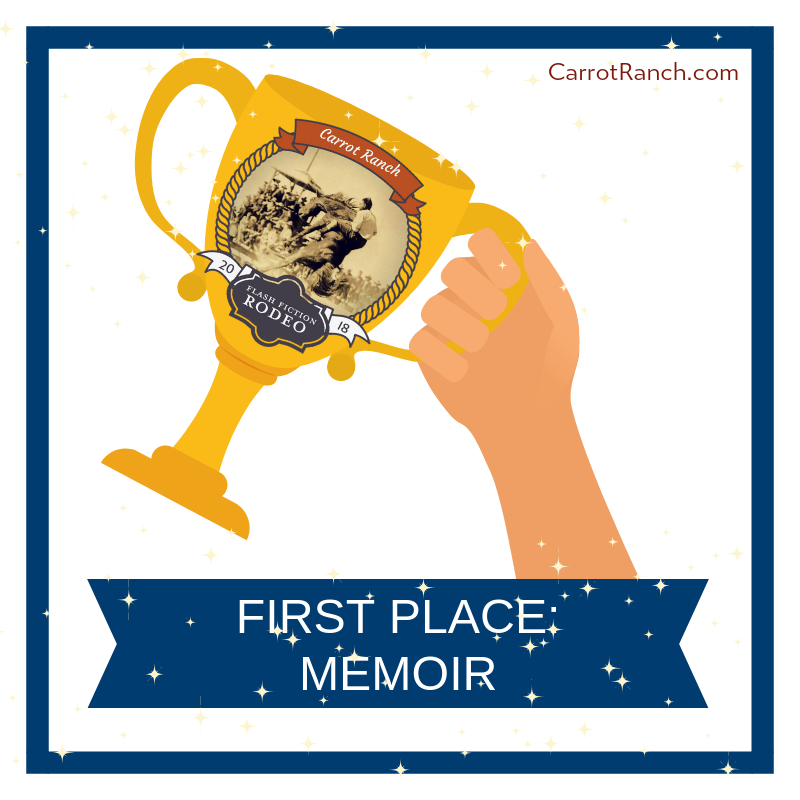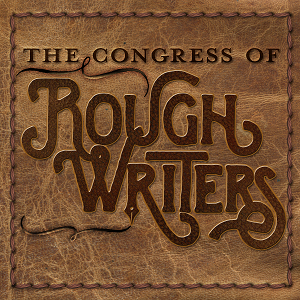Welcome
I started this blog in 2013 to share my reflections on reading, writing and psychology, along with my journey to become a published novelist. I soon graduated to about twenty book reviews a month and a weekly 99-word story. Ten years later, I've transferred my writing / publication updates to my new website but will continue here with occasional reviews and flash fiction pieces, and maybe the odd personal post.
|
Amid the painful aftermath of the UK ‘people’ voting in our pig in a poke, I had reason to remind myself of the literature on the cognitive advantages biculturalism. While I doubt our new PM possesses the skills or intellect to unite an increasingly polarised country – or even the desire, whatever might spout from his mouth – it’s essential if we’re to avoid civil war as we helter-skelter into economic and climactic ruin. So, although neither of these very disparate novels is primarily about straddling two cultures, I make no apologies for linking them via this theme.
0 Comments
What happens when childlessness develops from being a personal matter to a problem for society as a whole? In Margaret Atwood’s imagined Gilead an alarming drop in the live birth rate calls for Draconian measures, building a society where a woman’s mind and body are subservient to her reproductive potential. In Perumal Murugan’s rural South India, childlessness is a threat to the established order, with friends and neighbours pitching in with advice and criticism, indifferent to the infertile couple’s private grief.
In both these novels, the first set in contemporary New York and Nice and the second in a hypothetical future Tokyo, an older man is looking after a young relative in less than ideal circumstances. In different ways, they illustrate generational interdependence and how the past actions, or inactions, of the older generation have brought about some of the difficulties experienced by the young.
Two novels, written and published almost a century apart, about adolescent boys moonstruck by a slightly older teenager. You don’t have to share the narrators’ fascination to enjoy the novels, although it would probably help! The happenstance of coordinating covers suggests to me the novels are thematically well matched.
Two historical novels in which young people are subject to brutal institutional regimes: in the first as comfort women in Singapore under the Japanese invasion; in the second as supposed offenders in Jim-Crow-era Florida. Both novels contrast the main character’s aspirations prior to captivity with their struggle to survive unspeakable cruelties with their sanity intact, and the scars they carry for the rest of their lives. Thankfully, for the reader who can vicariously accompany them, there’s some hope of redemption by the end. Read on, or jump to the end of the post for this week’s 99-word story.
So often our actions, or inactions, have dramatic consequences, impossible to foresee. In very different ways, these two novels address this issue, the first in relation to carelessness, the second in life-transforming chance events. Each also explores the non-linearity of time. In addition, while the first includes a translator as character, the second is a translation itself – from the Finnish, my fourth for Women in Translation month.
Too many clergymen, in my experience, set themselves above the hoi polloi, considering themselves above criticism due to their “direct line” to God. I certainly found that in the Catholic response to John Boyne’s novel on sexual abuse in the church. The Reverend Pearson, in The Wind That Lays Waste, set in rural Argentina in the recent past, is guilty of not much more than arrogance, while the Priest in Beastings, set in Cumbria in more God-fearing times, is plain evil. Both men are on a geographical and psychological mission: Pearson’s itinerant evangelism interrupted when his car breaks down, while the Priest leaves his cosy cottage for the Lake District fells on the trail of a runaway girl who knows too many of his secrets.
I wouldn’t have expected to read one short novel/novella featuring time travel, let alone two, both translations, published within a week of each other in the UK. But here they are: the first, a light comedy from a French author, in which time travel is central to the plot; the second, a dark but not bleak reflection on childhood, in which a metaphorical time travel brings redemption.
Have you ever wondered what draws people into a cult, or what keeps them there? Do cults always start with good intentions and end in tears? Although neither of these novels can give us all the answers, they do provide interesting insights into what it’s like to outsource your autonomy to a community with a megalomaniac at the helm. Both are informed by real cases: the first in contemporary Britain, the second in 1970s USA.
Two novels from continental America inspired – if that’s not too optimistic a term for the subject matter – by the authors’ own challenging childhoods with parents who weren’t up to the job. Both girls had a brother, a partially-absent father, a determined mother and grandmother with whom she didn’t see eye to eye. Both learnt early about gender discrimination; both lived in relatively comfortable households on the fringes of marginalised communities (with Native Americans as neighbours in the first novel, set in Dakota, and refugees from repressive South American regimes in the second, set in Mexico). Some say a difficult childhood is the ideal apprenticeship for a writer. Read on, and see what you think!
I’m here to introduce two novels about girls who become fixated on another girl in childhood and pick up the relationship again as young adults. In the first, set in Vietnam and the USA, the main focus is on the friendship in childhood; in the second, set in New York, the adult obsession is in the foreground. In both books, the main character has a problematic relationship with her mother: in the first, the mother is painfully distant; in the second, mother and daughter are initially enmeshed.
Pity the poor governess: an educated woman obliged to earn her living finding few other options in nineteenth century Britain. But this lesser known of the Brontës’ novels led me to pity her charges too. The three governesses in the second novel are worlds away from Agnes Grey, not only because they’re in France. Although employed by the couple who own the sprawling estate, they’ve brought their charges with them, so aren’t subjected to the condescension of the mini monarchs of the house.
Two novels about girls in the painful process of growing up. For Australian Justine, in the first novel, adolescence merely exacerbates a lifetime of neglect; for Irish Lani, in the second, it’s the begins of psychological separation from her family as she falls for a local boy.
Enid is a Scottish aristocrat who has married ‘down’; Adèle a working-class Parisian who married into the bourgeoisie. Enid considers sex a painful duty; Adèle is sex obsessed. For Enid, work is for men and servants; Adèle has a job. Born almost a century apart, the ‘heroines’ of these debuts nevertheless have similar motivations: both have been emotionally neglected by their own mothers and feel shackled by marriage and motherhood.
Two very different novels about women’s lives under and after the Soviet system: the first about a young mother from a Tatar village who finds a certain kind of freedom when she’s transported to the Soviet Gulag; the second about girls growing up in Prague in the dying days of communism.
Two British novels about the legacy of paternal violence for adult children, although the father’s tyranny in the first isn’t apparent until later on.
Two novels with a fantasy element: the first set in the near future; the second a century in the past. Both feature humans with transmuted bodies: the first through an accelerated process of devolution; the second as a congenital condition, although the explorers who come upon them believe they represent an intermediate stage in human evolution.
My first reviews of books published in the UK in 2019 are another two translations: the first from French and the second from Dutch. Both feature young people getting dangerously out of their depth, although, at 12 ¾, the boys in the first are probably around half the age of the young women in the second. See if either takes your fancy.
When I shared my favourite books of 2018, I was disappointed not to be able to identify a single unifying thread. Except, perhaps, that each of my selected nineteen turned out to be so much better than I expected. Which got me thinking – and this isn’t particularly profound – how difficult it is to tell how much I’m going to like a book from the publisher’s advance information and blurb. That thought was at the forefront of my mind when I considered pairing my first two reads of 2019: both translations from the French set elsewhere, and featuring characters traumatised by war, but very different books. If you’re a regular visitor to annethology, I wonder if you can guess which of the two I was least looking forward to reading, but could well be one of this year’s favourite reads.
Reading these books consecutively, I doubted I could legitimately pair their reviews. The first focuses on the tensions in an Anglo-French family Christmas, the second an Icelandic fishing village anticipating a celebratory concert in mid-summer. But both are about the pain beneath a deceptively tranquil surface, and the psychological distance between people living in close proximity.
There seems to be a chain of connections between my reviews so far this month; either of these novels, but especially the first, could have been paired At Dusk. Although the school friends in Ponti aren’t reunited until late in the novel while, in Falling Leaves it’s towards the beginning and after a gap of only seven years, the resonance is perhaps equally strong. And, no, they didn’t make contact through a now-defunct social media site, nor at a school reunion, but you’ll have to read on to find out how.
|
entertaining fiction about identity, mental health and social justice
Annecdotal is where real life brushes up against the fictional.
Annecdotist is the blogging persona of Anne Goodwin:
reader, writer, slug-slayer, tramper of moors, recovering psychologist, struggling soprano, author of three fiction books. LATEST POSTS HERE
I don't post to a schedule, but average around ten reviews a month (see here for an alphabetical list), some linked to a weekly flash fiction, plus posts on my WIPs and published books. Your comments are welcome any time any where. Get new posts direct to your inbox ...
or click here …
Popular posts
Categories/Tags
All
Archives
March 2024
BLOGGING COMMUNITIES
|

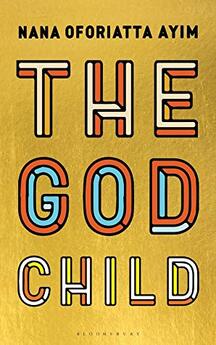
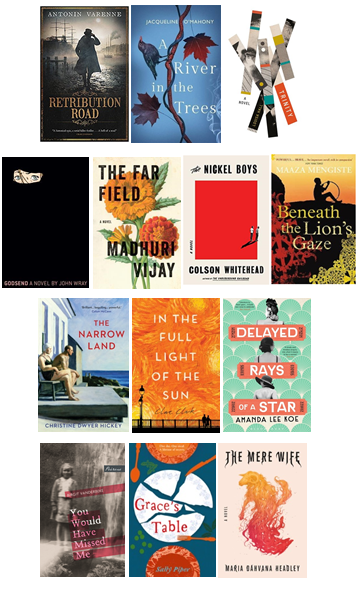
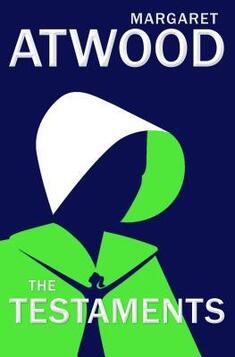
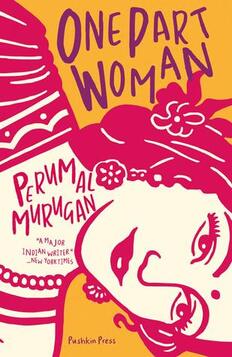
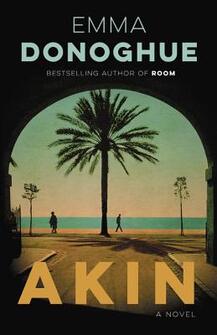
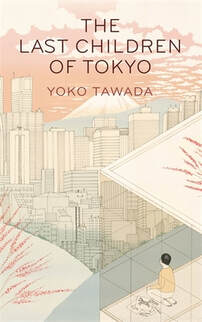
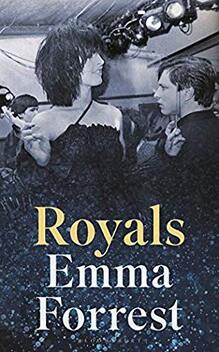

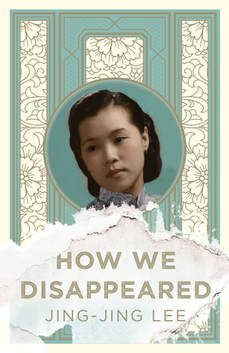
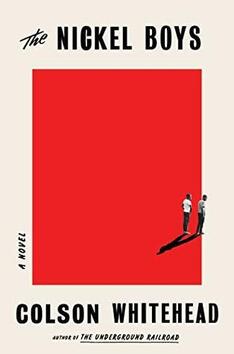
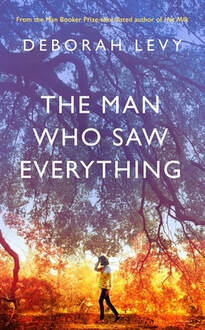
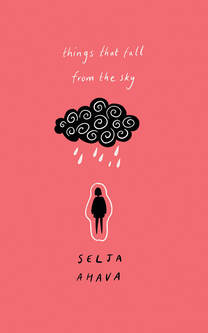
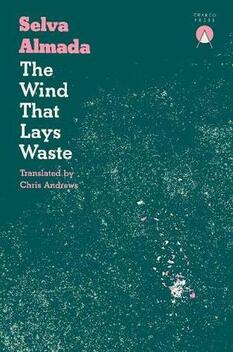
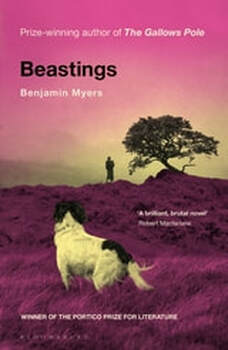
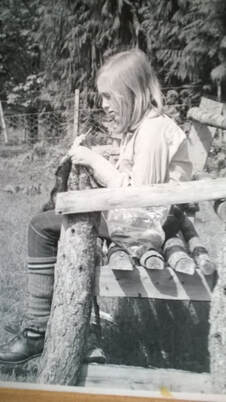

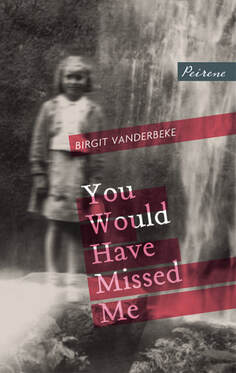
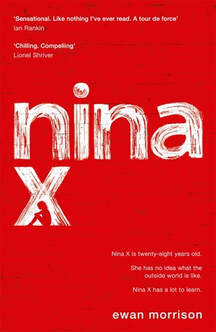
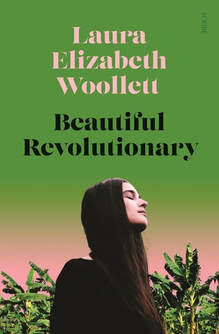
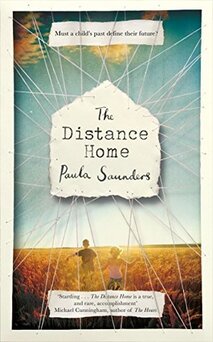
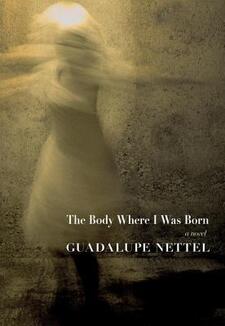

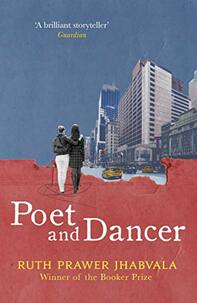
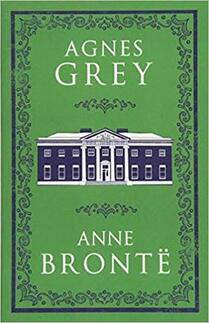
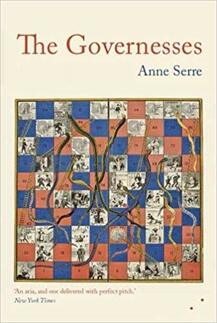
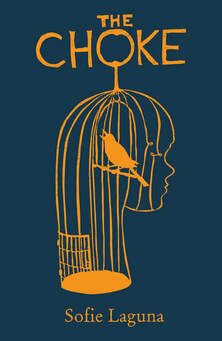
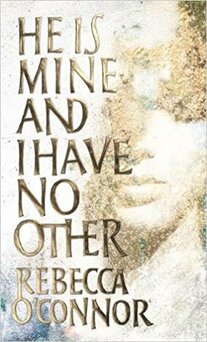
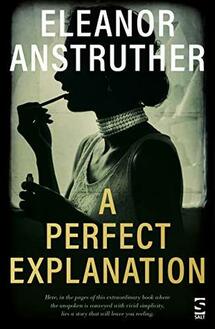
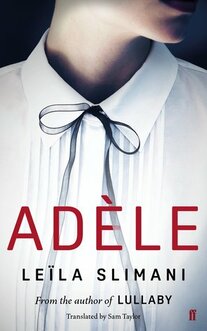
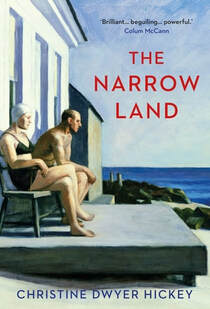
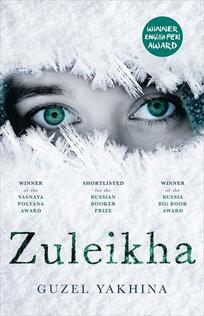
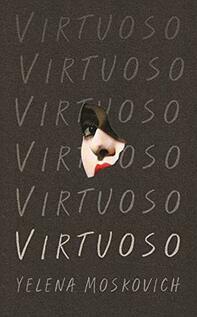
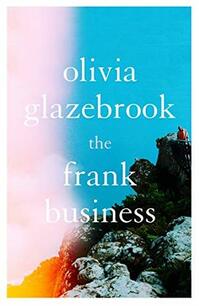
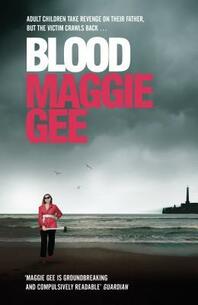


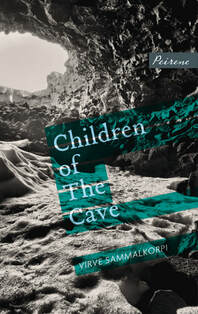
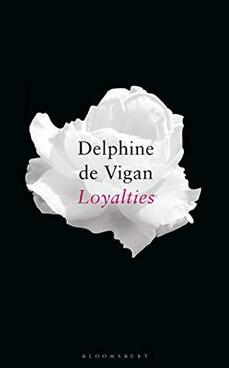
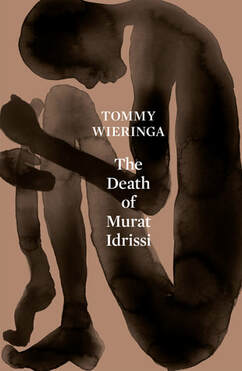
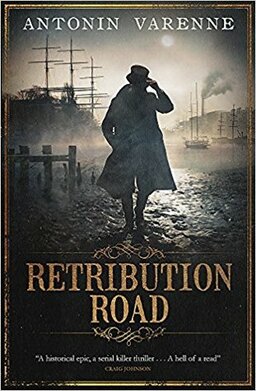
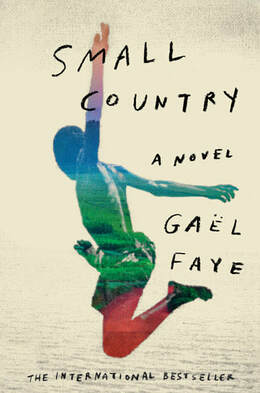
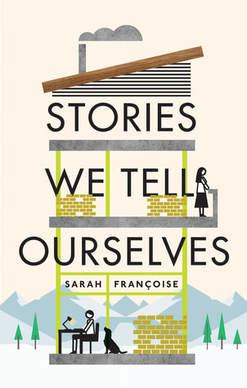
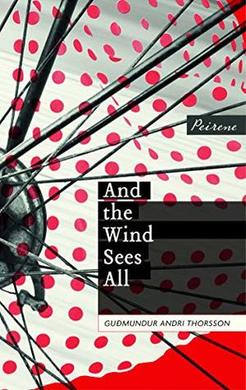

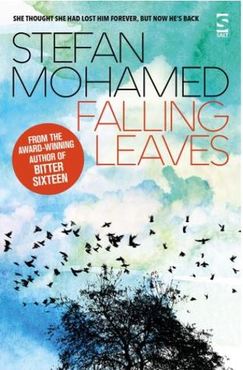

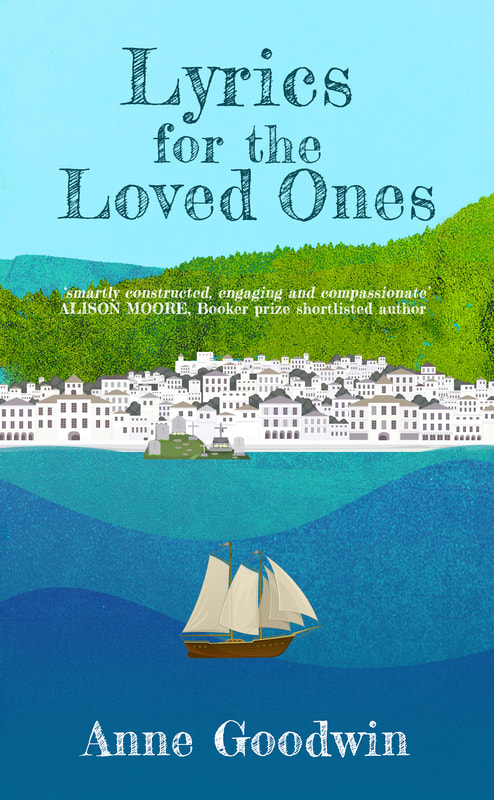
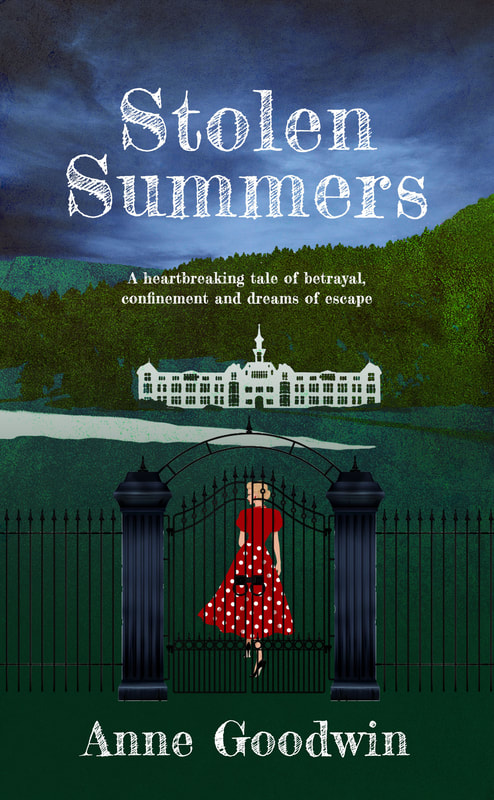



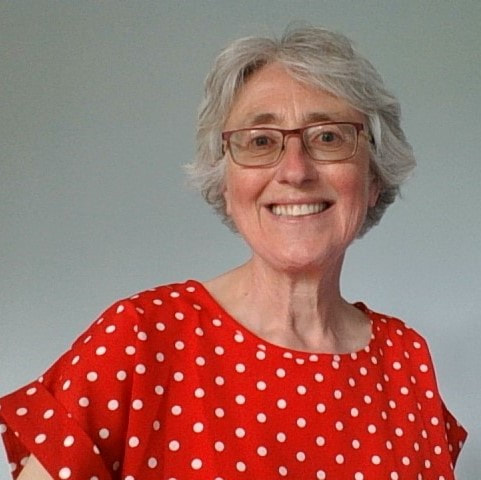

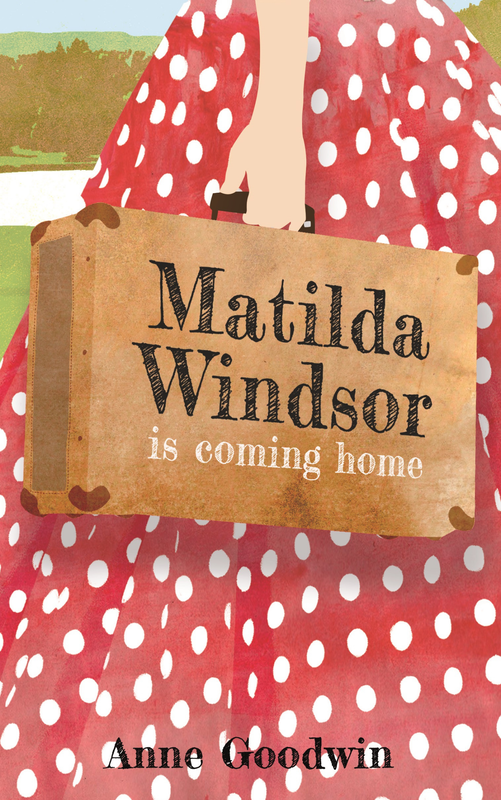
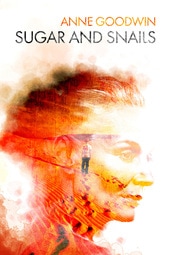

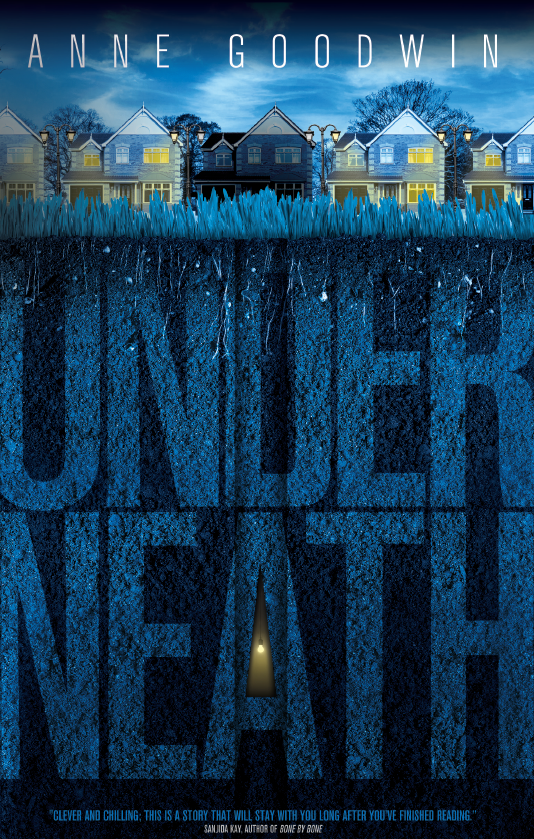
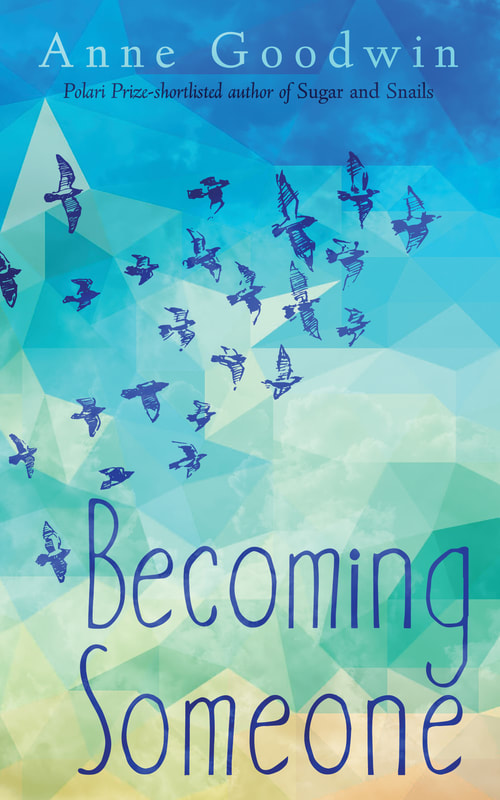






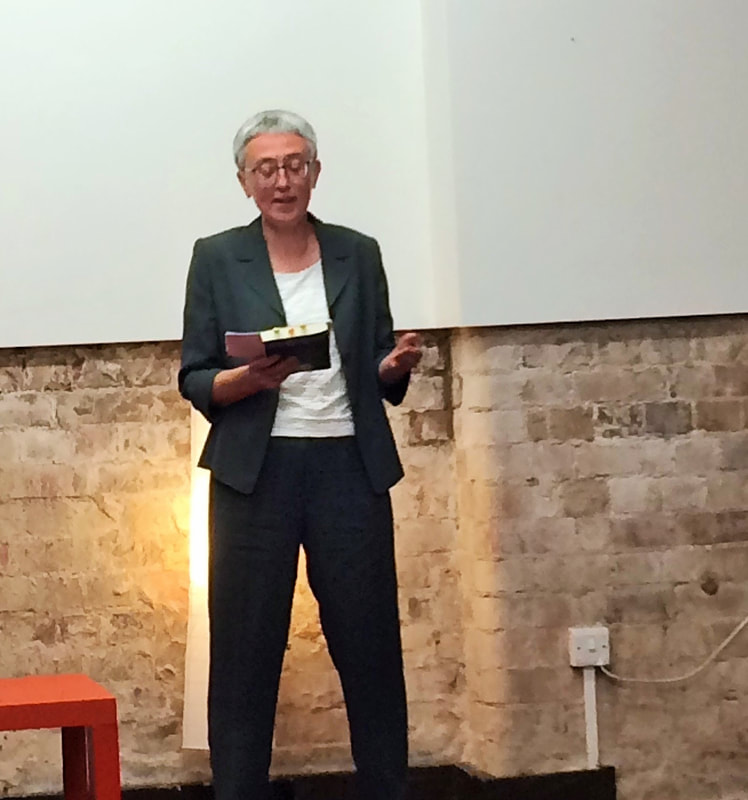

 RSS Feed
RSS Feed




